The recent integration of ChatGPT and DALL-E 3 by OpenAI has opened up new possibilities in AI-generated art. Released on September 22, 2023, to ChatGPT Plus users, this combination allows for more intuitive and detailed image creation. This article delves into the unique aspects of this integration, its impact on the AI art landscape, and what it means for creators and consumers.
What Makes This Combo Unique?
- Ease of Use: Unlike other AI art tools that require extensive prompt engineering, DALL-E 3 simplifies the process. You describe what you want, and the AI crafts a detailed prompt.
- Quality of Output: The integration leverages the conversational abilities of ChatGPT to refine the prompts, leading to more coherent and aesthetically pleasing images.
- Accessibility: Available to ChatGPT Plus subscribers, it eliminates the need for additional subscriptions to other platforms like MidJourney or LeonardoAI.
The Creations Made by the Combo

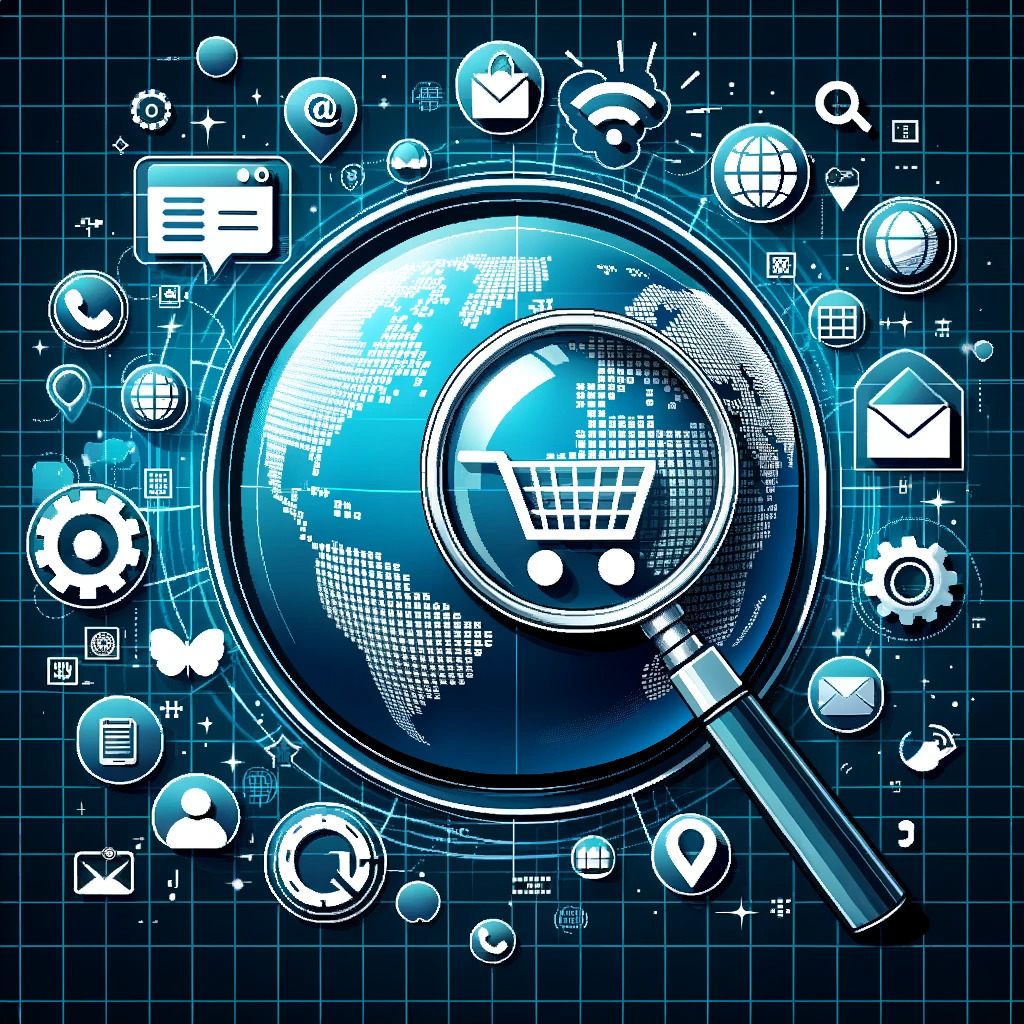


















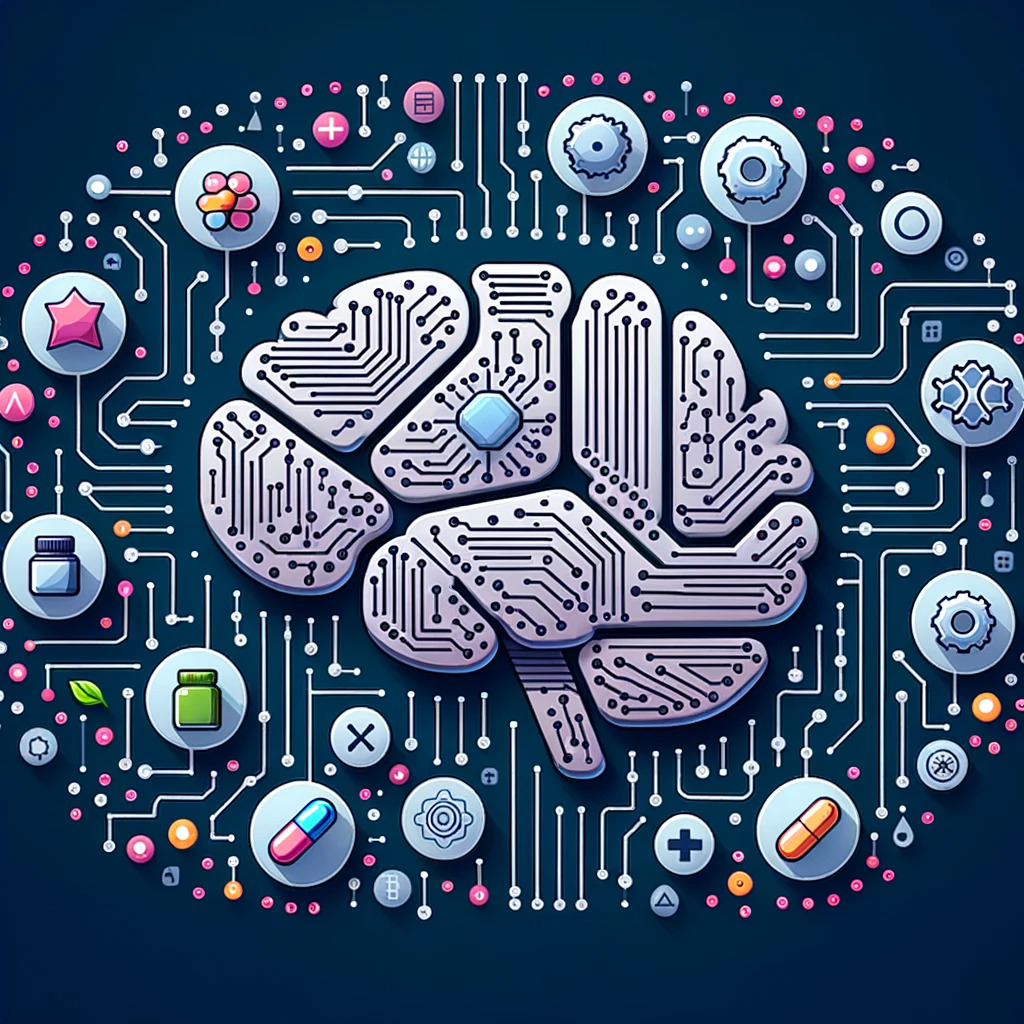




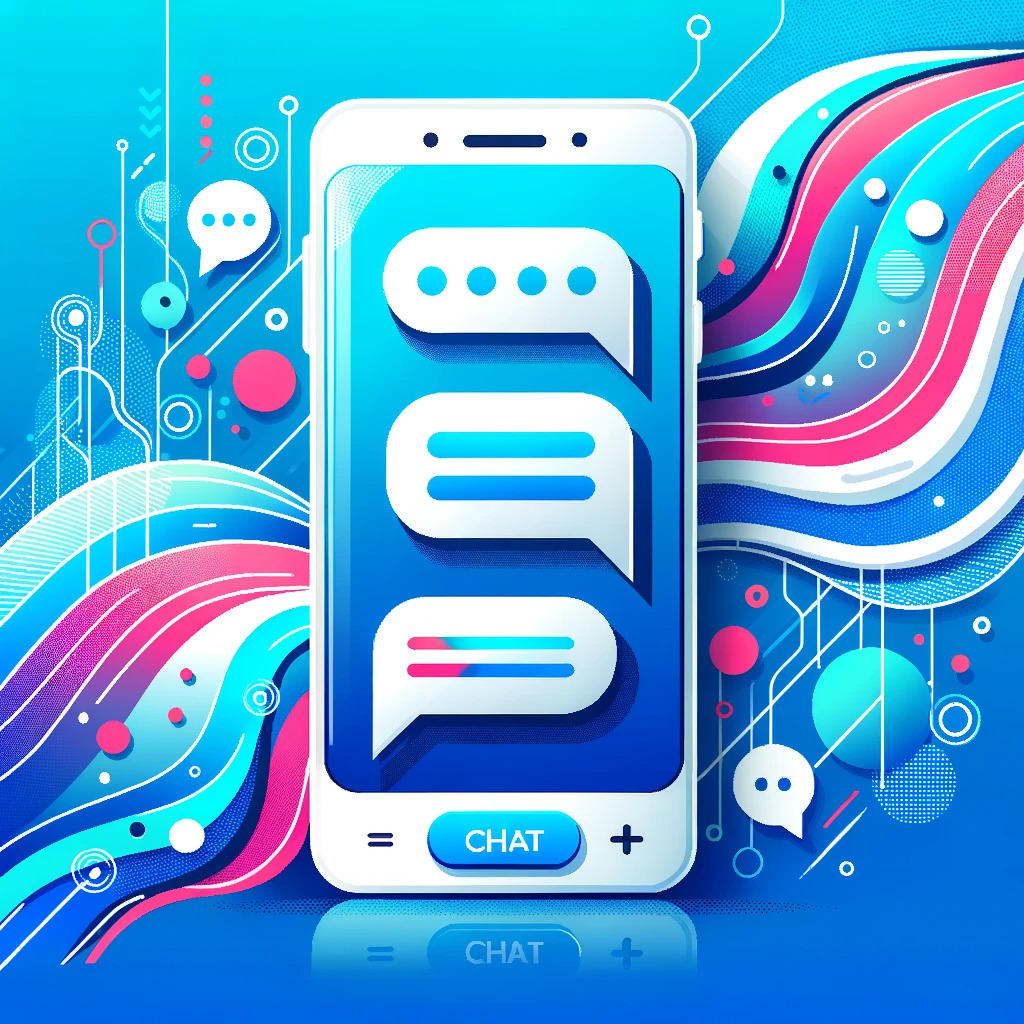















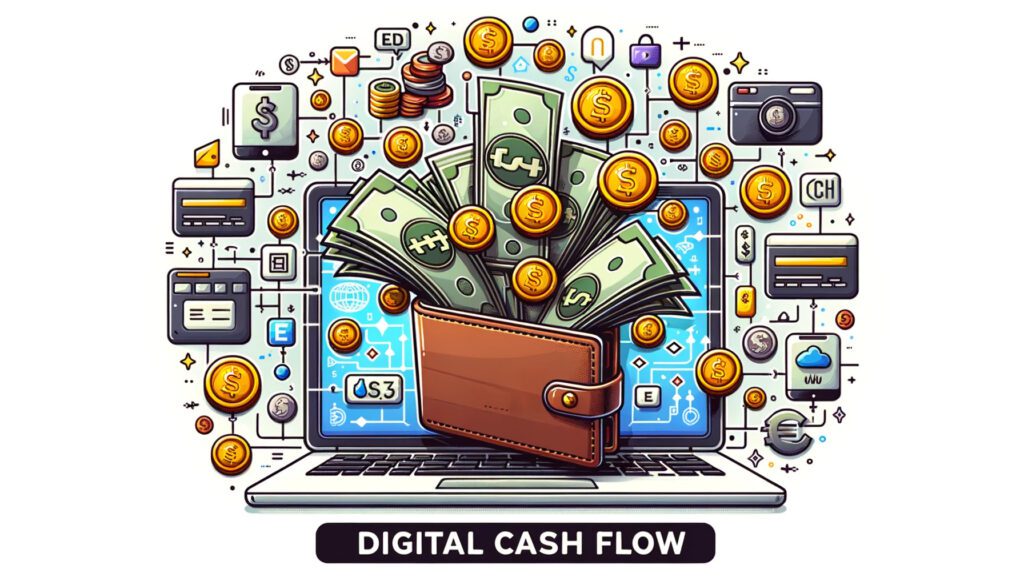


















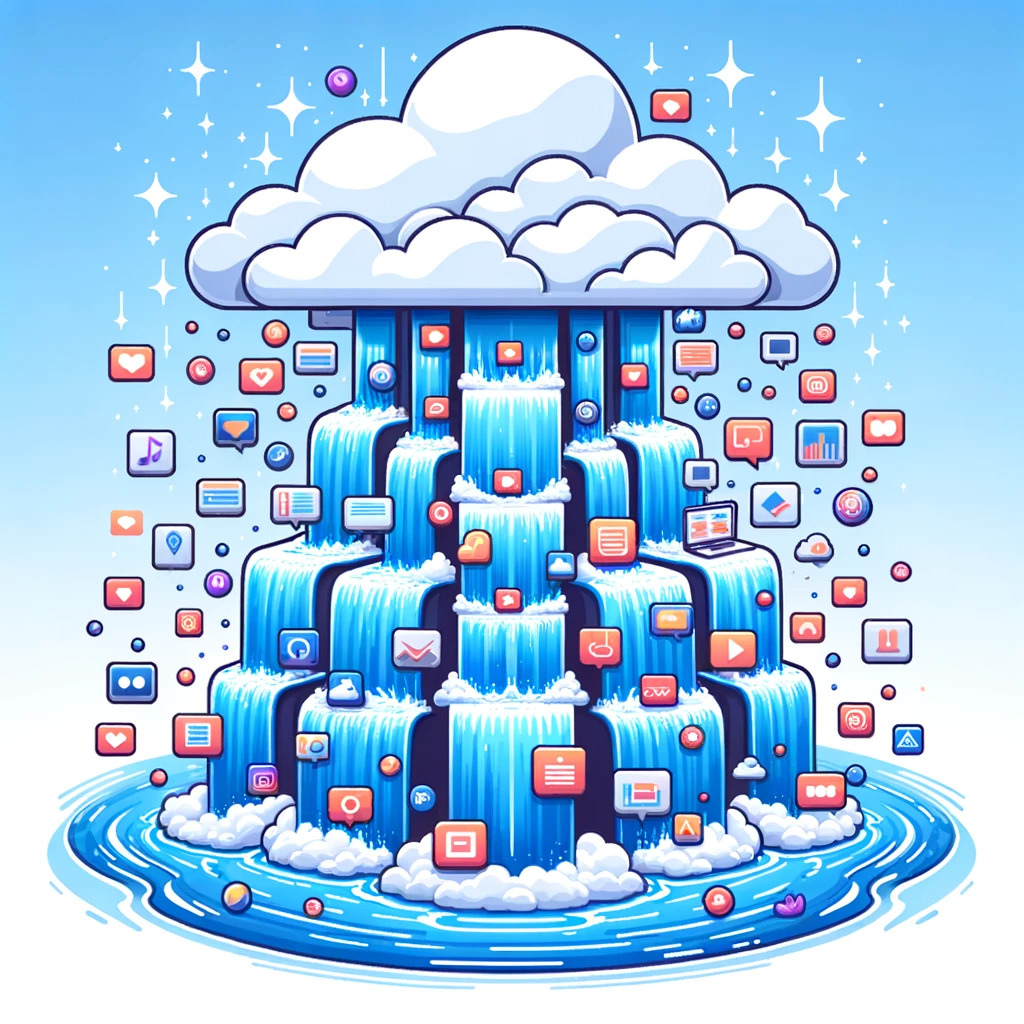















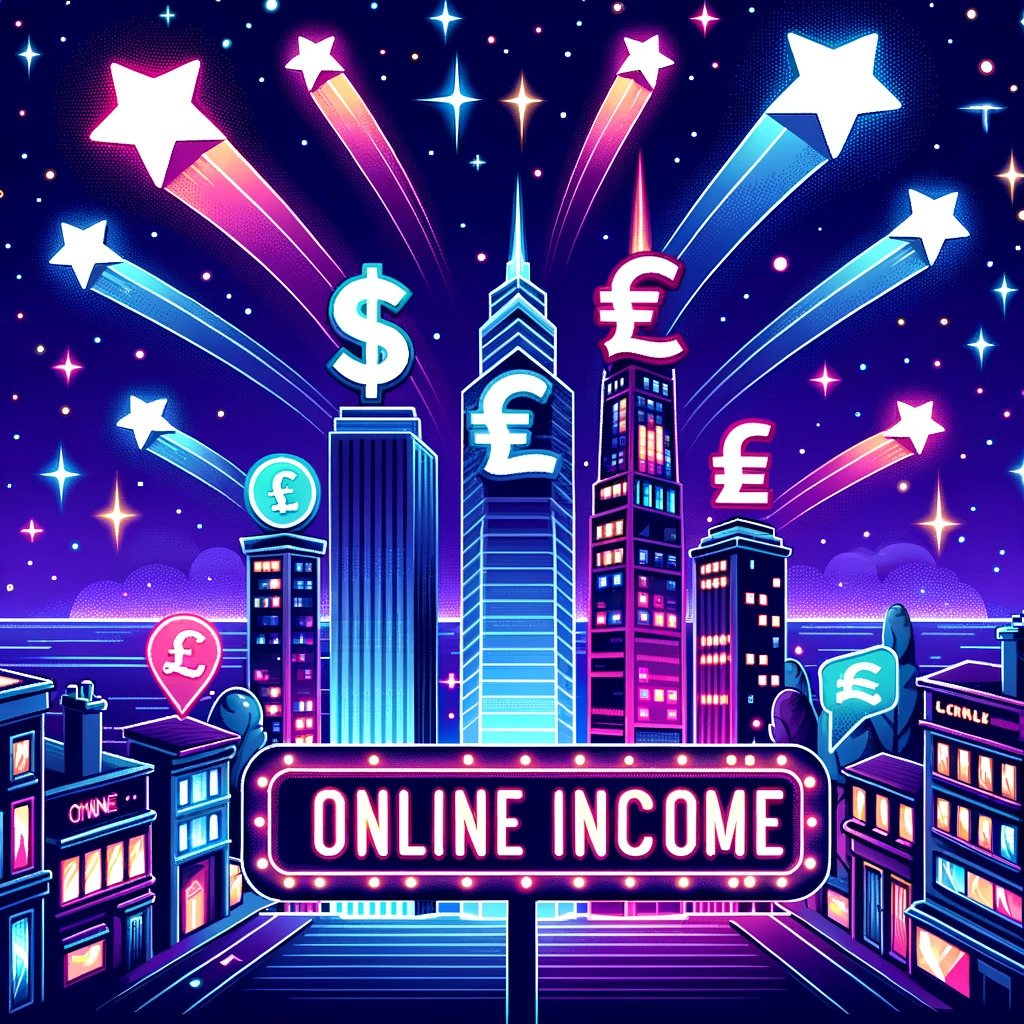

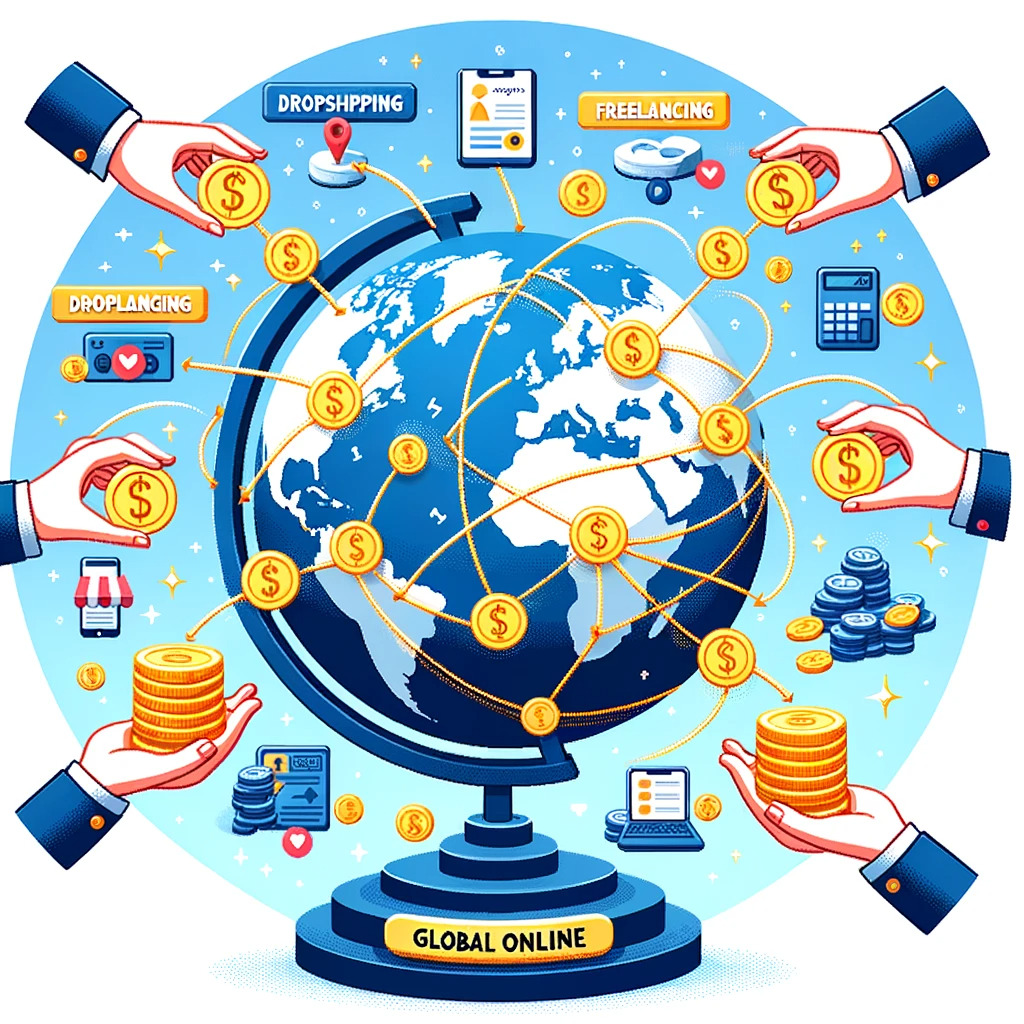
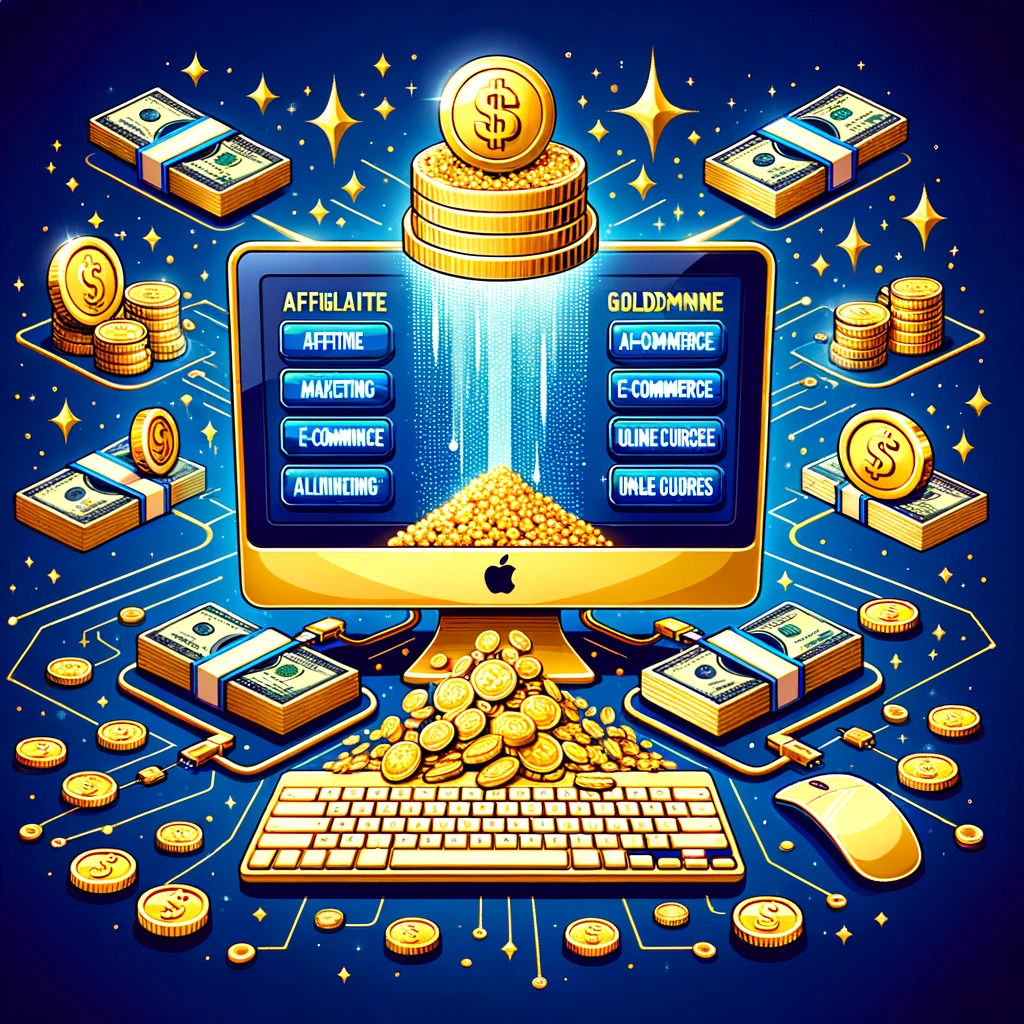
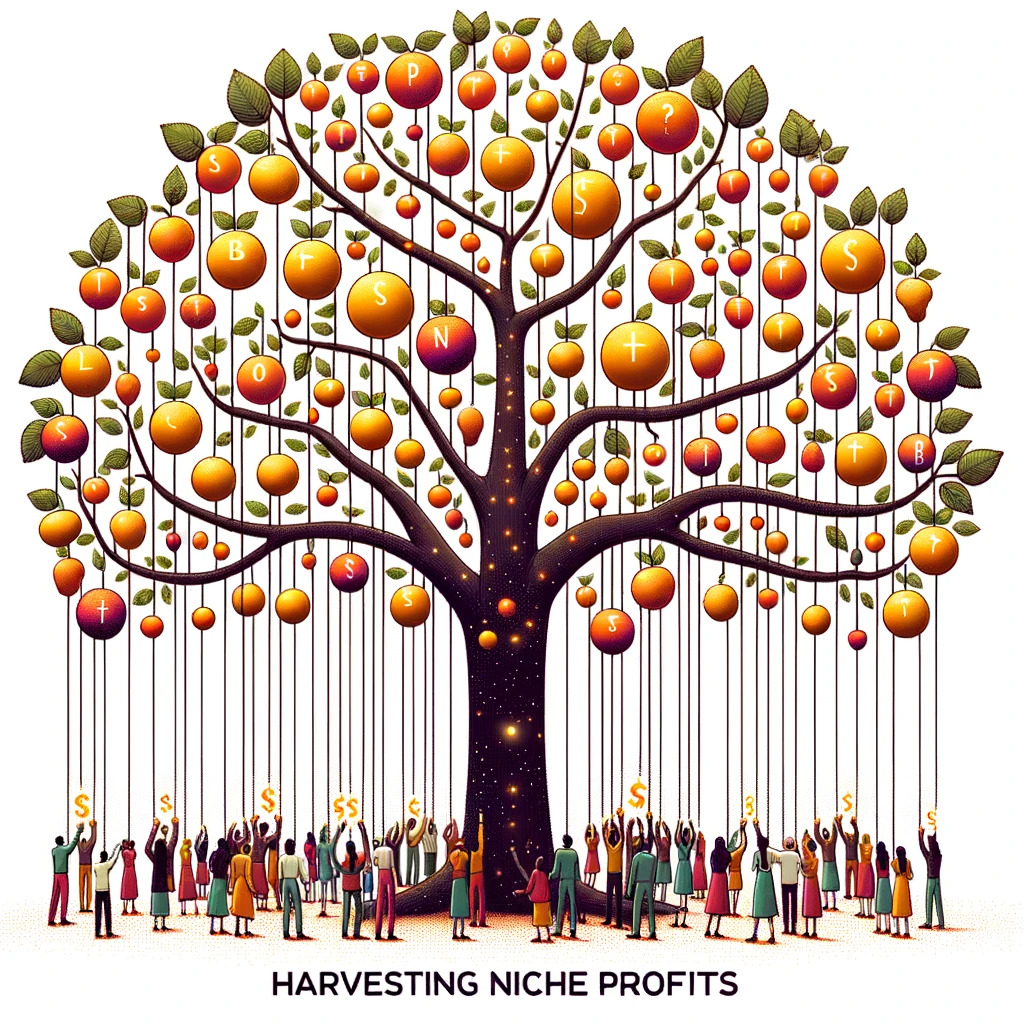







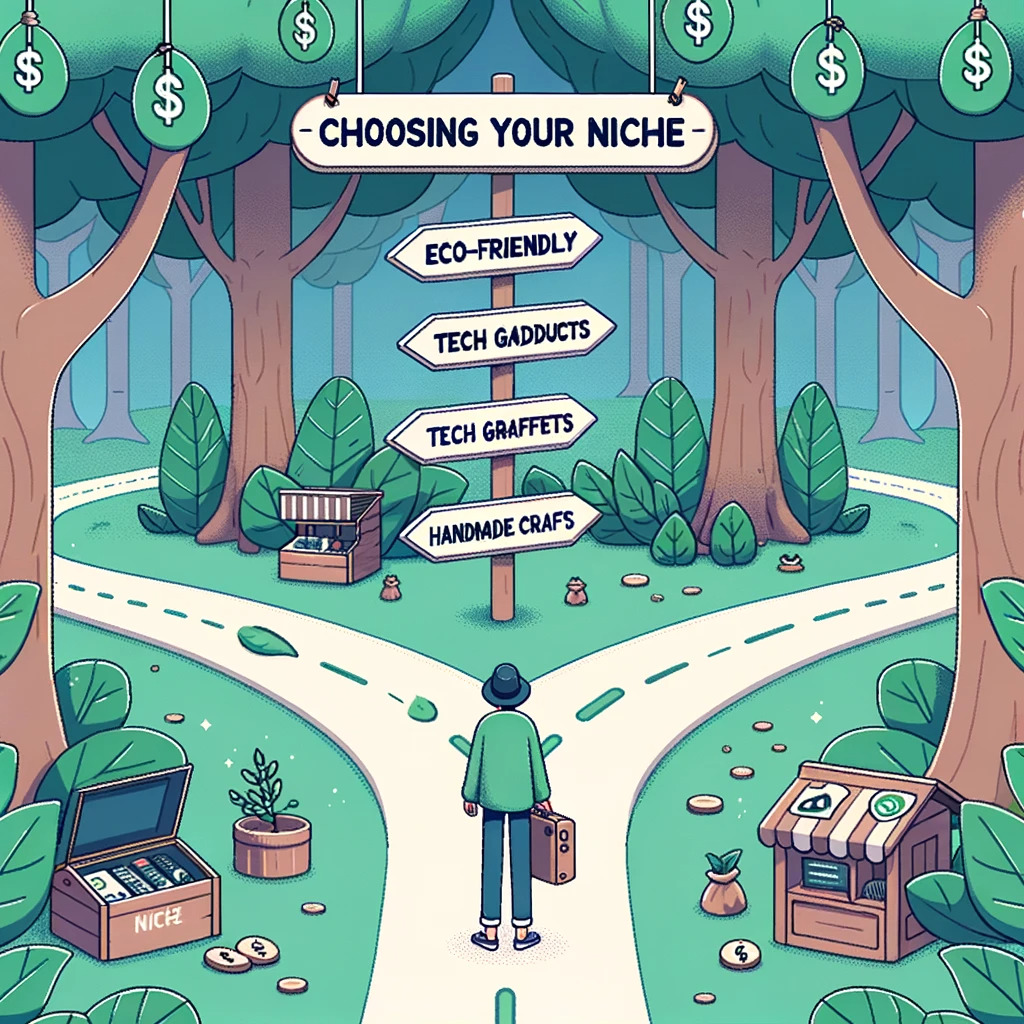














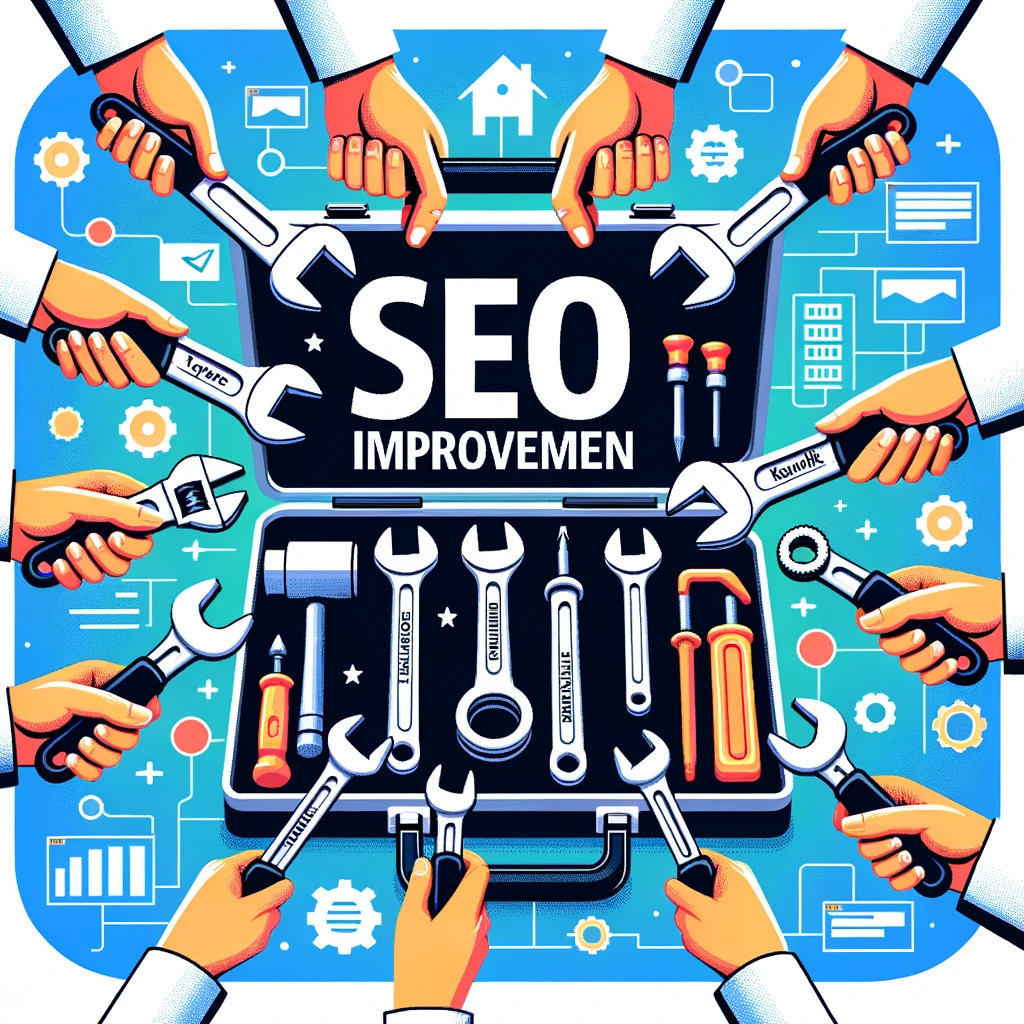
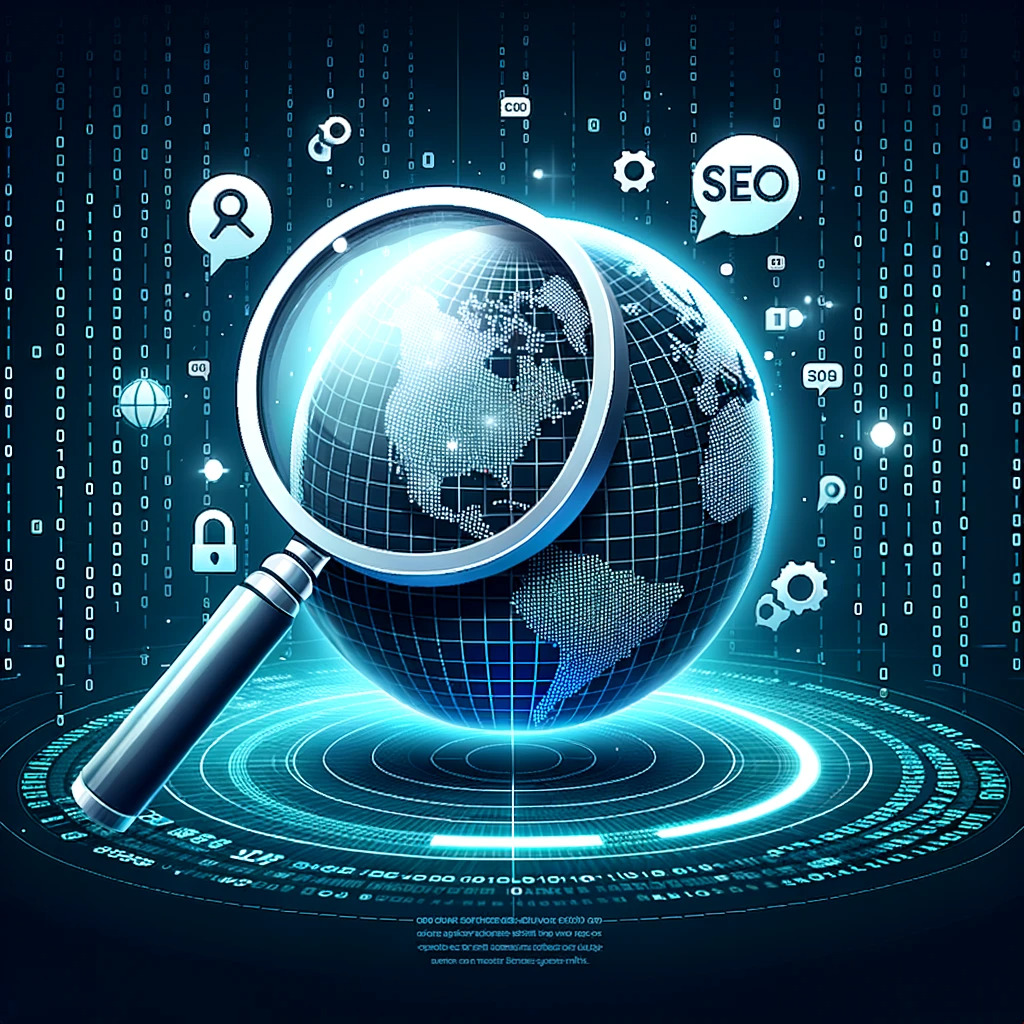

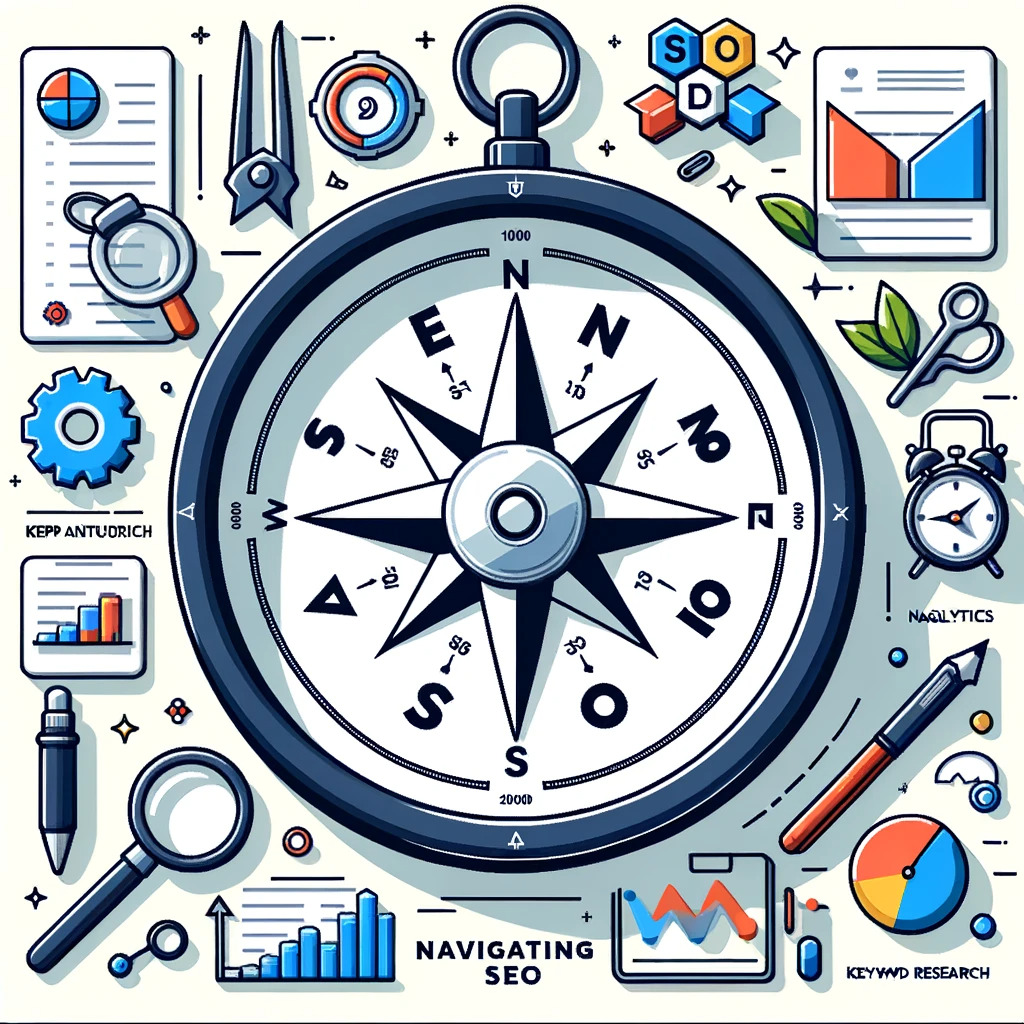




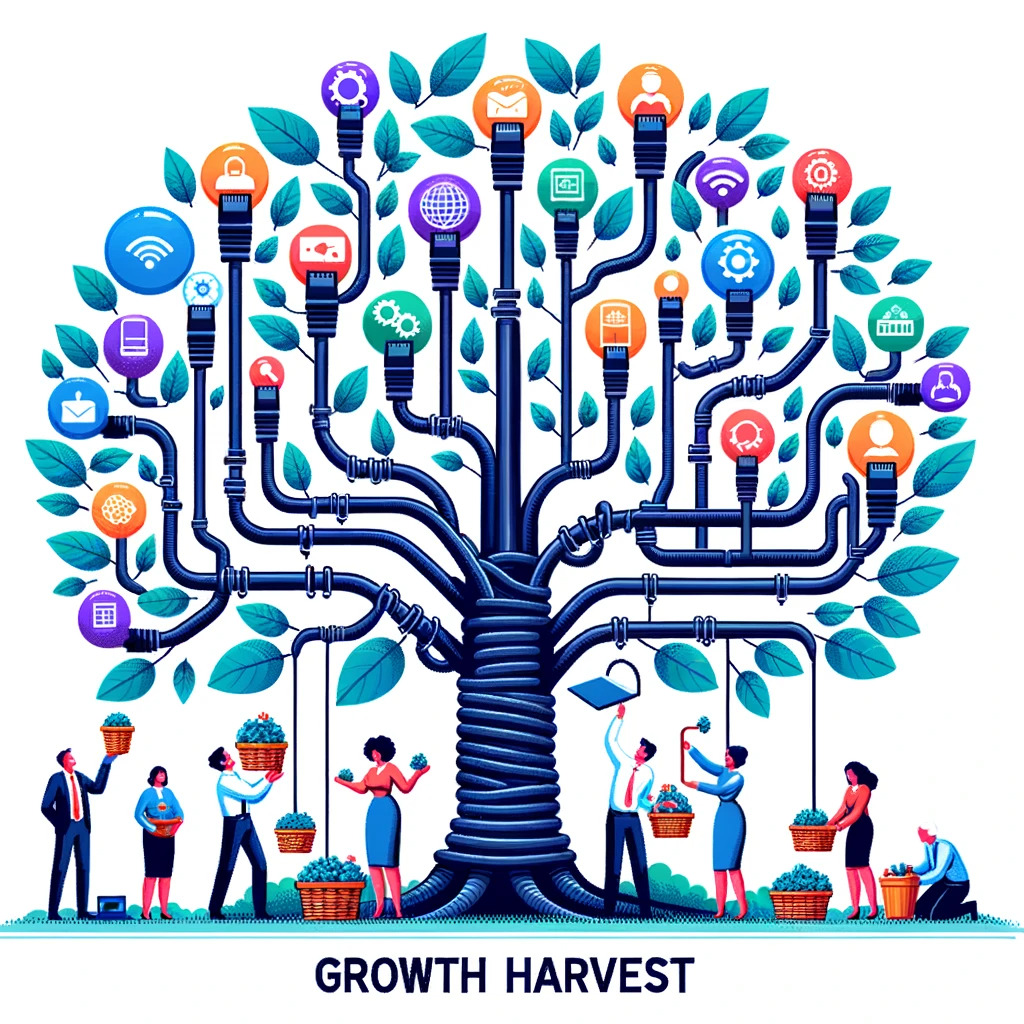

The images generated through this integration are visually appealing and intricate in detail. The AI considers the nuances of the prompt, making the final output more aligned with human imagination.
How Does It Work?
- Prompt Creation: You start by giving a simple prompt to ChatGPT.
- Prompt Refinement: ChatGPT refines the prompt for more detailed image generation.
- Image Generation: DALL-E 3 takes over and generates the image based on the refined prompt.
- Review and Refinement: You can review the generated image and ask for refinements.
The Impact on the AI Art Landscape
The integration has been well-received, with users praising its ease of use and the quality of the generated images. It has also raised questions about the future of professional human artists and the ethical considerations surrounding AI-generated art.
Future Implications
- Competition: This could potentially outshine other AI art tools, making OpenAI a dominant player in the AI art market.
- Ethical Concerns: The use of copyrighted material for training and the potential displacement of human artists are issues that need addressing.
- Quality vs Quantity: As AI-generated art becomes more accessible, the question arises: will this dilute the value of art, or will it democratize the ability to create art?
Exploring the Untapped Potential: Opportunities and Ideas
The integration of ChatGPT and DALL-E 3 isn’t just a technological advancement; it’s a playground for curiosity. The ability to turn a simple text prompt into a detailed, nuanced image opens up a world of possibilities for exploration and experimentation.
Ideas to Spark Your Curiosity
- Storytelling: Using text prompts, imagine creating a visual story or comic strip, frame by frame.
- Fashion Design: Drafting new clothing designs or even entire fashion lines could be as simple as describing them.
- Architectural Concepts: From dream homes to futuristic cities, you could visualize architectural wonders without needing any drawing skills.
What’s Possible Now?
The sky’s the limit when it comes to what you can create. The integration allows for a more interactive and iterative design process, where you can tweak and refine your creations in real-time.
Steps to Unlock Possibilities
- Brainstorm: Start with a brainstorming session to jot down what you’d like to create.
- Initial Prompt: Use ChatGPT to create an initial prompt based on your ideas.
- Refinement: Review the generated image and refine the prompt for better results.
- Finalize: Once satisfied, you can use the image as is or take it into other software for further editing.
What Could Come Next?
As the technology matures, we could see more advanced features, such as:
- Collaborative Creation: Multiple users could collaborate in real-time to create complex artworks.
- Animation: The next frontier could be moving images, allowing for creating short films or GIFs through text prompts.
- Virtual Reality: Imagine walking through a world you’ve created just by describing it.
What Should You Do?
If you’re intrigued by the possibilities, here’s a roadmap to start exploring:
- Subscribe: If you haven’t already, subscribe to ChatGPT Plus to gain access to DALL-E 3.
- Experiment: Don’t hold back. The more you experiment, the better you’ll understand the capabilities and limitations.
- Share and Learn: Join online communities to share your creations and learn from others.
- Think Ethically: Always be mindful of the ethical implications, such as copyright issues and the impact on professional artists.
The integration of ChatGPT and DALL-E 3 is more than just a tool; it’s a canvas for your imagination. Whether you’re an artist, a storyteller, or someone who loves creating, the opportunities are endless. So go ahead, let your curiosity lead the way.
Integrating ChatGPT and DALL-E 3 is a significant milestone in AI-generated art. It combines the best of both worlds: the conversational intelligence of ChatGPT and the artistic capabilities of DALL-E 3. While it’s a boon for creators, it also opens up a Pandora’s box of ethical and artistic questions that society must address.
FAQ
What is ChatGPT and DALL-E 3?
ChatGPT is a conversational AI model, and DALL-E 3 is a text-to-image AI model. OpenAI develops both. The integration allows for generating images based on text prompts.
How do I access this feature?
You need to be a ChatGPT Plus subscriber. Once you’re subscribed, you’ll find the option to enable DALL-E 3 within the ChatGPT interface.
Is it difficult to use?
Not at all. The integration is designed for ease of use. You provide a text prompt, and the AI generates an image based on it.
What are the subscription costs?
The feature is available to ChatGPT Plus subscribers, and the subscription cost covers access to DALL-E 3.
Can I use it for commercial purposes?
You’ll need to check OpenAI’s terms of service for specific guidelines on commercial usage.
How is this different from other AI art tools?
The main difference is the ease of use and the quality of output. You don’t need to be an expert in prompt engineering to generate high-quality images.
What types of images can I create?
You can create various images, from landscapes and objects to more complex scenes like a “futuristic city at sunset.”
Is it ethical to use?
While the technology itself is neutral, ethical considerations such as copyright infringement and the impact on professional artists do exist.
What are the system requirements?
There are no specific system requirements as the processing is done on the cloud. You just need a device with internet access.
Can I collaborate with others while using it?
As of now, the feature is designed for individual use. However, you can always share your generated images and prompts with others for collaborative projects.
